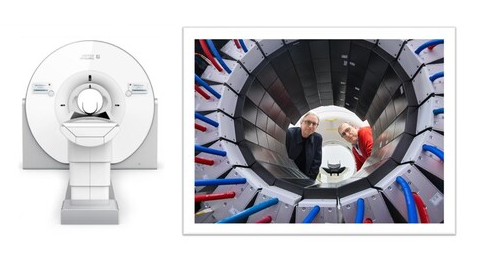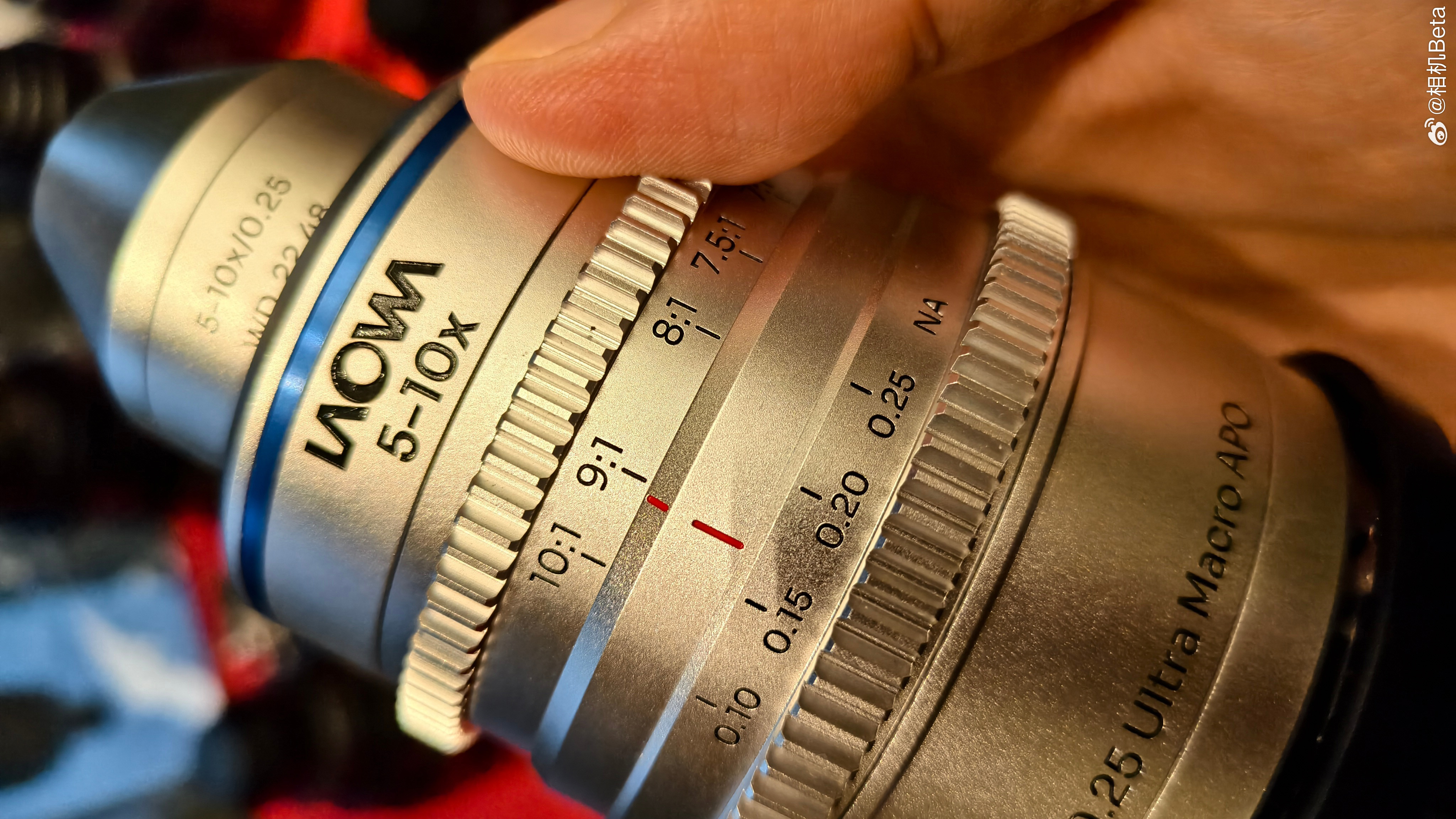This camera can change the world (seriously) with ultra-high-resolution imaging, biomarker mapping and AI
The NX PET Camera improves what we can see in real-time, built to revolutionize the study of Parkinson's disease

You might roll your eyes at phrases like "change the world" mixed with "AI", but this news is different! It's not about AI taking away photography jobs or making it hard to tell if an image is real or not.
We're talking about an amazing camera – the NeuroExplorer (NX) PET – that's making a real difference in the fight against Parkinson's disease.
Launched by XingImaging, a pioneering company in advanced medical imaging, the NX PET camera provides real-time insights into how our brains are functioning and how neurodegenerative diseases like Parkinson's are progressing.
The NeuroExplorer PET camera not only provides revolutionary imaging for Parkinson's but also for Alzheimer's and psychiatric diseases, as it creates high signal noise imaging even for small brain structures.
The Michael J Fox Foundation for Parkinson's Research provided funding to researchers at XingImaging to employ PET imaging technology. Their goal was to visualize changes in the brain's dopamine pathways, which will help to gather important data on Parkinson's disease, supporting research and drug development.
To create this life-changing imaging information, the camera features cutting-edge technology that gives researchers incredible accuracy in detecting and tracking biomarkers related to neurodegenerative conditions.
NX PET features
Ultra-high-resolution imaging
- Enables precise visualization of neurodegenerative biomarkers
- Human brain PET imager scanner offers resolution of 1.4 mm FWHM and sensitivity of 46 kcps/MBq to study brain function
The best camera deals, reviews, product advice, and unmissable photography news, direct to your inbox!
AI-powered data analysis
- Advanced machine learning algorithms enhance image interpretation and diagnostic accuracy
Dynamic biomarker mapping
- Provides real-time insights into brain activity and disease progression
Non-invasive and efficient
- Minimizes patient discomfort while delivering rapid, high-quality results
"There's been monumental progress in the last few years through strong investments in finding tracers that can show us alpha-synuclein and other targets in the living brain," said Jamie Eberling, PhD, senior vice president of research resources at MJFF.
"This high-resolution PET imaging technology magnifies the impact of these tracers by improving what we can see in real time. The field is energized by the latest milestones in imaging getting us closer to a day where we can clearly measure, quantify and visualize brain pathology in Parkinson's disease."
Visit the XingImaging website for more information on the company and its breakthrough tech.
You might like...
If you are interested in how photography can change the world, check out how this wearable AI camera helps visually impaired people navigate, or our news about a "product we hope to never launch", the first wearable civilian camera of its kind.

Kim is a photographer, editor and writer with work published internationally. She holds a Master's degree in Photography and Media and was formerly Technique Editor at Digital Photographer, focusing on the art and science of photography. Blending technical expertise with visual insight, Kim explores photography's time-honored yet ever-evolving role in culture. Through her features, tutorials, and gear reviews, she aims to encourage readers to explore the medium more deeply and embrace its full creative potential.
You must confirm your public display name before commenting
Please logout and then login again, you will then be prompted to enter your display name.
